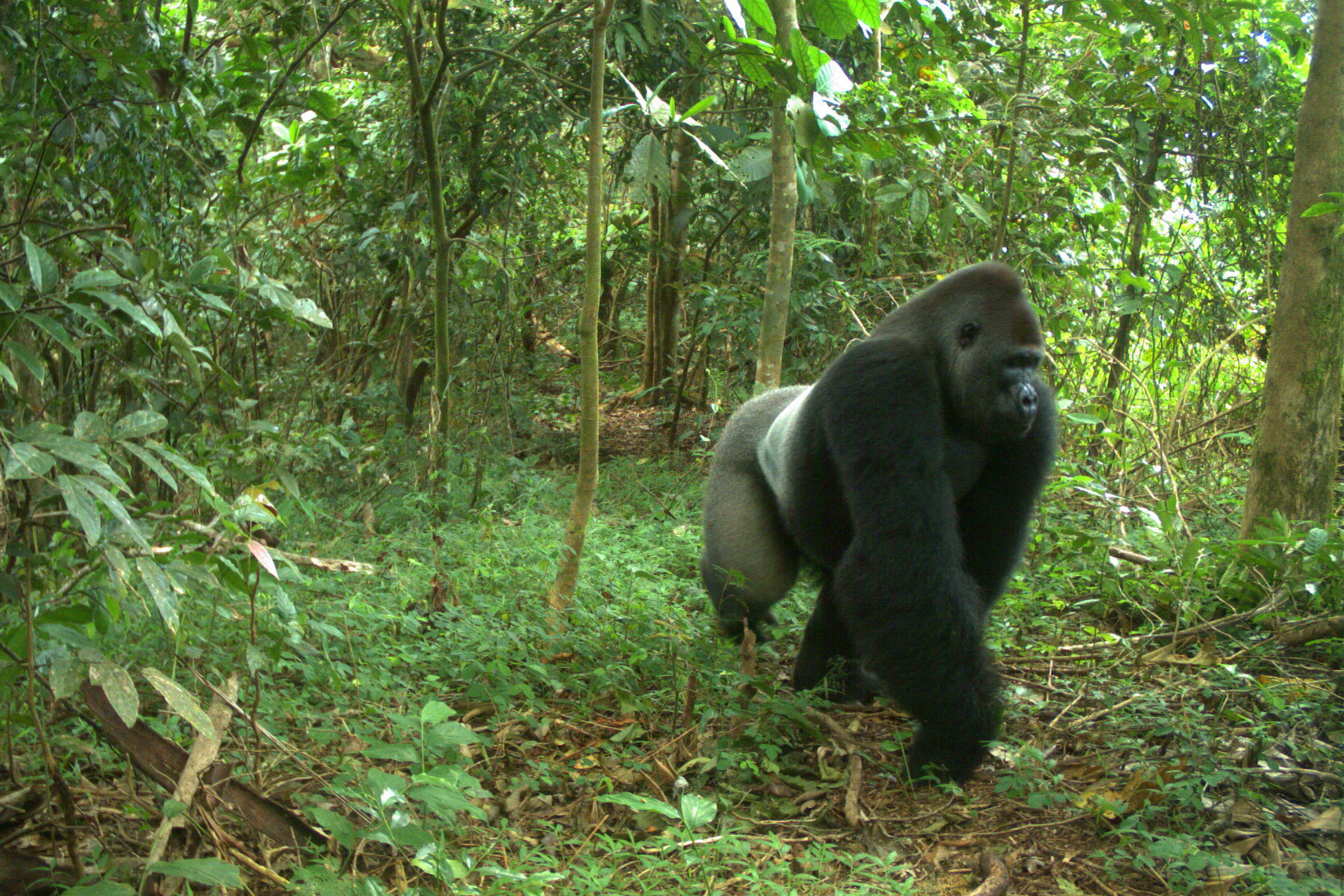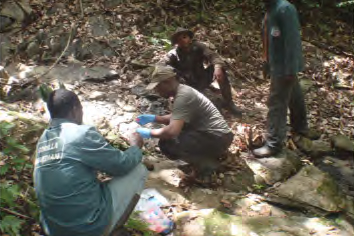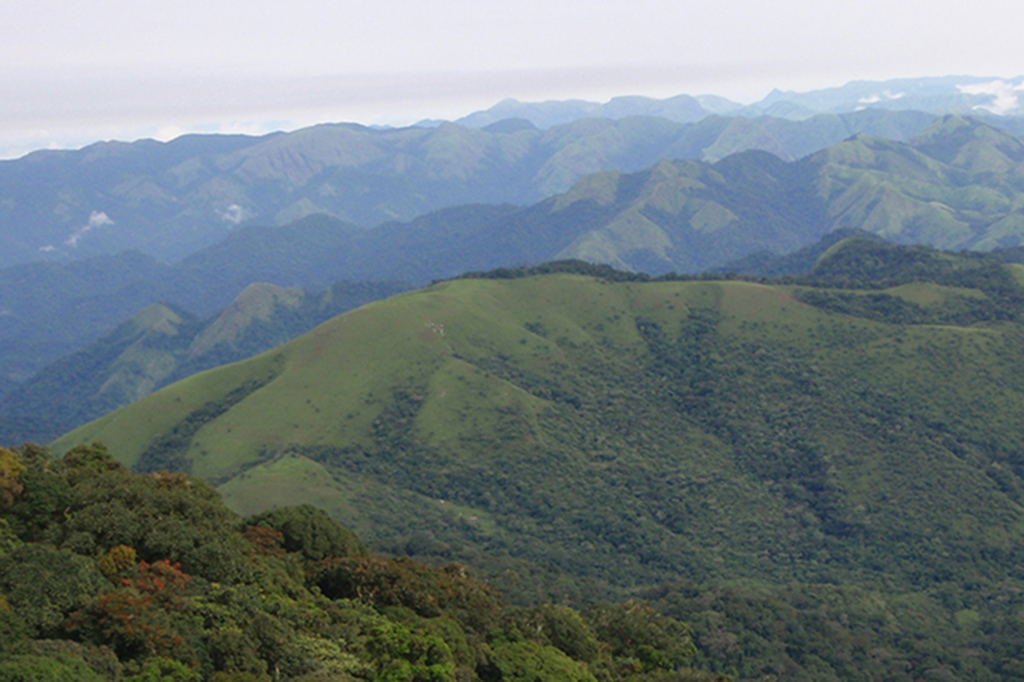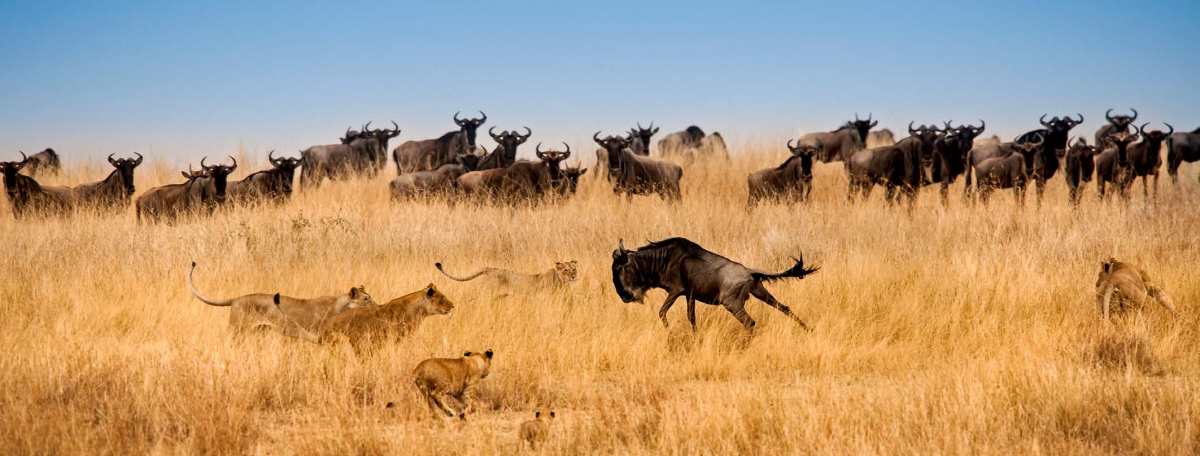Cross River Gorillas and Camera Traps: the value of video technology
Following the news in March 2014 about the launch of a new species action plan for the Critically Endangered Cross River Gorilla (Gorilla gorilla diehli), SOS Grantee and IUCN Member, Wildlife Conservation Society (WCS) successfully captured a bounty of valuable camera trap video sequences from Kagwene Gorilla Sanctuary (KGS), Cameroon.
So rarely seen in the wild, this series of video sequences allows us to marvel at and learn much more about these impressive primates. From social behaviours to individual identification opportunities, the trail camera shots not only help connect us with the wildlife but also provide scientists with information that helps future conservation actions. We hope you enjoy these rather rare glimpses into the lives of a Cross River Gorilla (CRG) family, somewhere in the Cameroonian jungle.
Commenting on the video, Dr. Roger Fotso, Director of WCS Cameroon Country Program observed “these films have provided us with baseline data which we will use to measure trends in CRG distribution in the future within the sanctuary. His colleague, Romanus Ikfuingei added, “we now know some information on how many silverbacks, black backs and juveniles we have at KGS as well as the degree of socialization in the group. We have seen the silverback display on a trail to take the lead and the females clearly give him the way. We have also seen how other members of the community wait for the injured juvenile to join the rest of the team showing a high sense of relatedness.”
According to Romanus the video will further assist in identifying wildlife corridors and support the ongoing work with local communities to conserve gorilla habitat in the landscape. Additionally the films will help with the process of identifying the gorillas individually. Crucially, the films also help identify other anthropogenic impacts on the gorilla population thereby helping the team to mount a better anti-poaching strategy and even provide insights about how to assist gorilla health e.g. the juvenile gorilla that was injured by a wire snare.
The Cross River Gorilla occurs in both Nigeria and Cameroon presenting further challenges to managing species conservation projects designed to protect it. Consequently, the SOS funded project tailored its community focused conservation actions to local conditions with ecoguards working on the Nigerian side and Gorilla Guardians on the Cameroonian side of the gorilla’s range. While Gorilla Guardians were recruited from local communities, the Nigerian ecoguards were recruited from Ministry of Forestry and Wildlife (MINFOF) personnel who liaised with local communities in their patrol work. In all cases, support from local communities for protecting their natural heritage is growing, according to a WCS source.
While such community conservation efforts are delivering results on both sides of the international border, it is important to remember that awareness and support from the international community is critical to sustaining such work on the ground.





